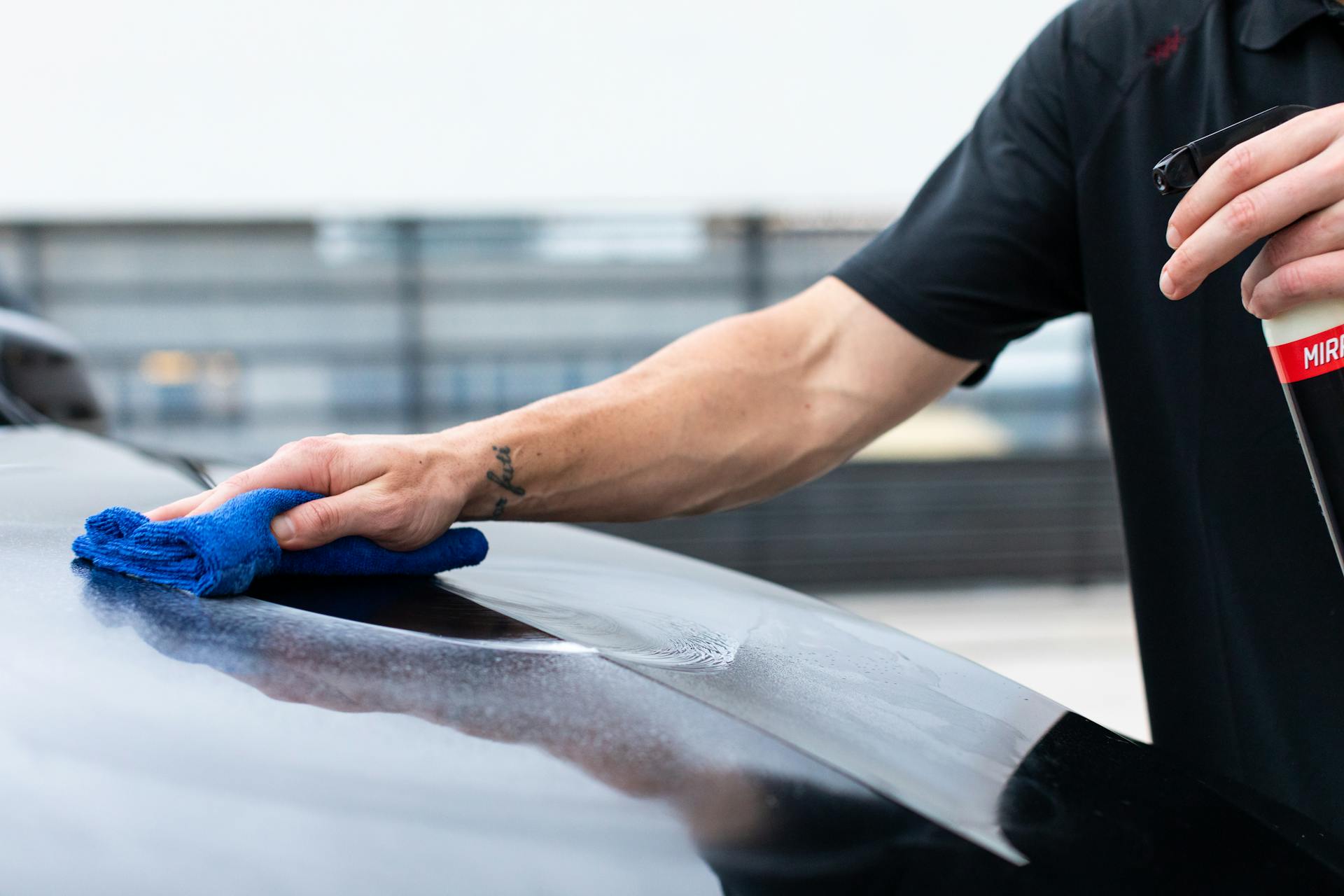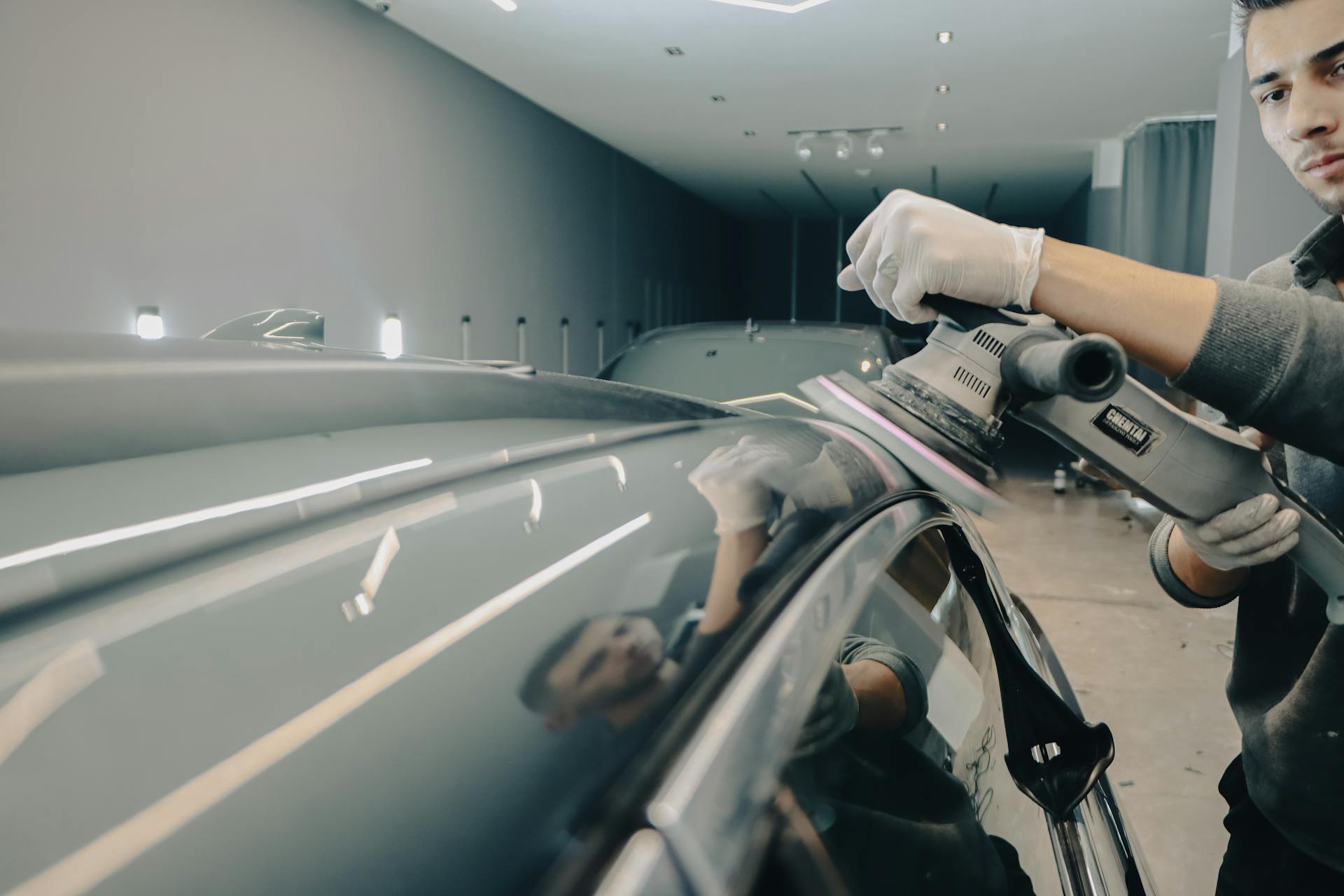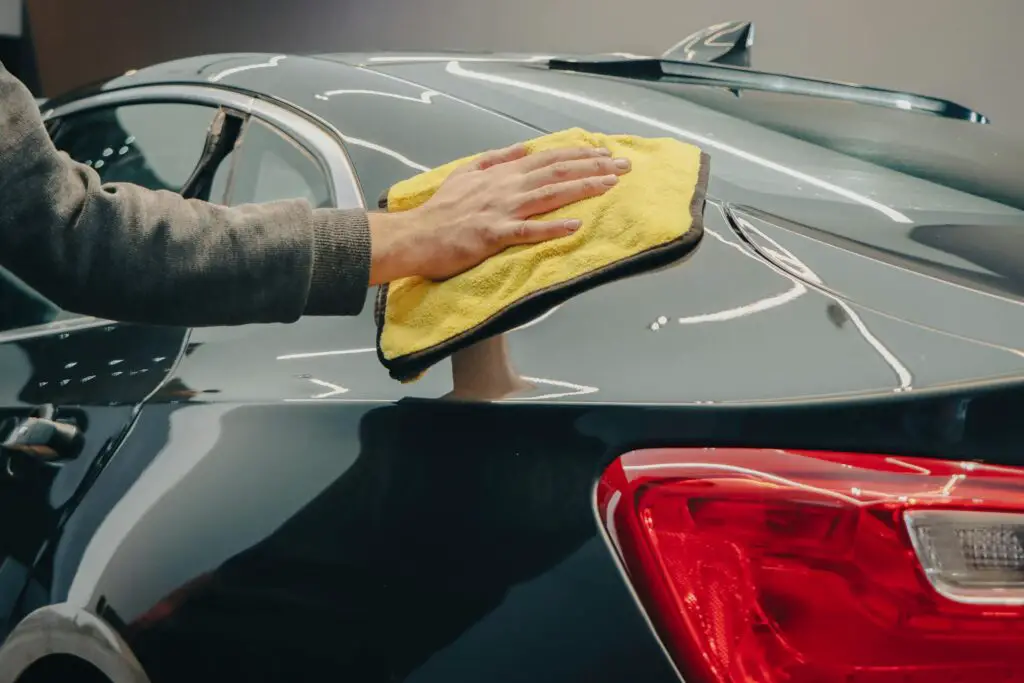Every car owner treats their four-wheeler with the utmost care. They’re expensive, so keeping them in great condition is often imperative. Still, accidents happen, and scratches are normal if you drive often. Here’s how to fix deep scratches on a car door and other parts to get your ride back into shape.
Where Do Scratches on Car Doors Come From?
Scratches can appear on your four-wheeler at any moment. Dust, dander, traffic, and just time are often responsible for causing some wear and tear on vehicles. It’s a pretty common thing, especially if it’s an off-road car that you drive everywhere. However, there are scrapes, and then there are deep scratches, caused by sharp objects and even vehicle crashes.
Anything unusual on your four-wheeler’s exterior can be easily spotted if it’s nice and clean. Believe it or not, but as much as 62% of car owners admit they clean their rides less than once a month – don’t be like them. Sure, you don’t have to do it every week, but keeping your four-wheeler clean will help you spot anything unusual. Truth is, it can happen easier than you might think.
Key Scratches – They Happen to the Best of Us
Keys are metal and sharp, making it super easy to get a few scrapes in as you’re going about your usual routine. Because of this, people can often get angry at someone else when they spot a scratch without realizing they may have accidentally caused the scratch themselves. So, while taking your prized ride for a spin, ensure the keys are at a safe distance from they car’s exterior.

Even Small Bumps Can Cause Big Scratches
According to the World Health Organization (WHO), every year, between 20 and 50 million people get non-fatal injuries from road accidents. In such cases, a scratch is the least of your worries. However, even a small bump while parking or passing some bushes can cause some real damage. To avoid any similar issues, drive safely and always have the right winter or summer tires to keep your four-wheeler under control.
Caring Too Much for Your Four-Wheeler Can Also Be a Bit Problematic
Oh yes, the issue of caring for your car a little bit too much is also why you’ll sometimes notice bumps and dents. When you polish the vehicle too much, especially with a rough cloth, you strip it of its top paint coat. This removes the protective layer and exposes it to UV rays. Although some vitamin D never hurt no one, it can fade the color of your prized ride.
The paint job could end up patchy and pale in places where you washed and polished the most, making it look like a Transformer with skin problems. Be wary of caring for your vehicle too much – everything’s good in moderation.

The Levels of Car Scratches and When to Worry About Them
As silly as it may sound to have levels of scratches, they do exist. There are four levels, ranked from least to most damaging or serious for your paint job. The table below presents those levels and their descriptions:
| Level 1 | Minor scrapes that manifest only in the top layer of your paint finish |
| Level 2 | More severe scratches that get into the top layer and reach the paint job itself |
| Level 3 | These scratches go down to the primer and require touch-up paint and polish |
| Level 4 | The most severe level of scratches that go down to the bare metal |
Is It Possible to Fix Deep Scratches on Vehicle Doors?
It’s possible to fix scratches, but a lot depends on their level and your budget. If you’re dealing with a level 4, doing a DIY project might cost you the same as taking the vehicle to a professional who knows how to take care of it. On the other hand, each level has some home fixes and ways to take care of them without really needing to leave your garage. A lot depends on how dedicated you are to doing the job correctly.
Maybe you’re changing a flat tire or doing a tail light replacement when you realize your vehicle’s exterior took some damage. If the scrapes are barely noticeable and only in the top coat – excellent! There’s a fix for that. But if you can see the silver metal where the scratch is, that’s the door’s primary material or bones. That’s when it’s time to worry – just a bit.

Tools and Items for Fixing Scratches on Cars
For every repair and fix on a set of wheels, you’ll need an appropriate set of tools. You’ll be happy to know that for this particular task, a lot of the stuff that can be used can be found in every household. Even if they’re not, it’s rather easy to find these tools in most hardware and automotive stores.
All you’ll need for a surface-level scratch is a special removal kit. These kits range from $10 to $30 and in it there’s everything you could possibly need – a removal solution, buffing pads, some touch-up polish, and a touch-up marker. If this handy product doesn’t solve your problem, you may have deeper damage on your hands. For these, here’s what you’ll need:
- Rubbing alcohol – for removing dust, debris, and dirt,
- Glazing putty – this product comes in a tube for around $5, so it won’t break the budget,
- Toothpaste – if you don’t have time to go to a store for some glazing putty, toothpaste can work wonders,
- Nail polish or touch-up paint of the same color – if you plan to use toothpaste, you’ll need to dip it in some nail polish so it colors the scratch correctly,
- Spreader tool – you need this to ensure the glazing putty or whatever you put to fill the scratch is spread evenly throughout the surface area,
- Paint leveler – this is important because you need to color the glazing putty and make the scrape disappear.

Here’s How to Fix Deep Scratches on a Car Door at Home
If you’re dealing with a scratched four-wheeler for the first time in your driving career, don’t try to be smart with different methods. $30 at The Home Depot will ultimately be a much better solution than $300 for a fresh paint job you botched trying to fix a level three scratch. Don’t be cheap with the materials, and ensure you give all the processes enough time. Hurrying can often make things a lot worse. Here’s the entire process broken into smaller steps:
Remove Dirt With Rubbing Alcohol
If dealing with a deeper scratch, take a closer look at it. You’ll likely see some dirt and dust in and around the area. This won’t do, so take some rubbing alcohol and wet a soft sponge or cloth. Use the soaked cloth to rub the scratch gently with the alcohol solution. Do this until you see the area is free of any remaining dirt.
Use a Filler Material
Next up, apply the filler material of your choice. I wholeheartedly recommend glazing putty. That is an affordable and standard thing to have in your garage, so ensure to buy several tubes if that’s an option. However, don’t squeeze out the entire tube into the scratch. You’ll be removing the extra layer anyway, meaning you’ll be wasting some great glazing putty for no reason.
Add a dime-sized piece of putty onto the scratch, and use a leveling tool, like a squeegee or a spreader, to spread it across the scratched surface. Do this until you see the cracks and dents filled out. Let the putty rest for two to three minutes to solidify. This waiting time is typically written on the packaging.
Get a Paint Leveler for Clean Results
Glazing putty is usually white – if your prized ride isn’t, that might be a problem. Still, that’s nothing some paint leveling solution can’t repair. Some folks resort to simple nail polish, but a good, professional paint leveling solution is unmatched. Pour one or two fluid ounces of this solution onto a clean cloth. Rub that all over the scratch gently, and do it until you notice it takes the color of your car.
If Damage Persists, Use a Touch-Up Color
If the leveler somehow doesn’t work, you can add another layer of touch-up color to be sure. You’ll get this in a scratch removal kit or buy it separately. You can also try nail polish if the color suits the vehicle. Here’s a hint – the driver’s door has a label inside where you can find the paint code, resulting in an easier search for a suitable touch-up liquid or pen.
What to Do When Deep Scratches Persist?
Cars are expensive to take care of, but doing all of their checkups on time can significantly reduce maintenance costs. In other words, ensure you notice all the pesky scratches on time before they go from level one to level four – this is possible, too. If you have a persistent problem with this, the best and most painless way to fix it is to either get a fresh paint job or let a professional take care of the problem.

DIY Solutions Work for Removing Persistent Scratches
Luckily, DIY solutions are effective when it comes to scratches, whether they’re surface-level or deep. As I said, noticing them on time results in faster and more affordable repairs. If you appreciate your four-wheeler, you surely understand what I mean. Since cars are now extra costly and gas prices are going up and down like a rollercoaster, preserving what we have is more important than ever. It’s your prized ride, so make sure to treat it as such.








